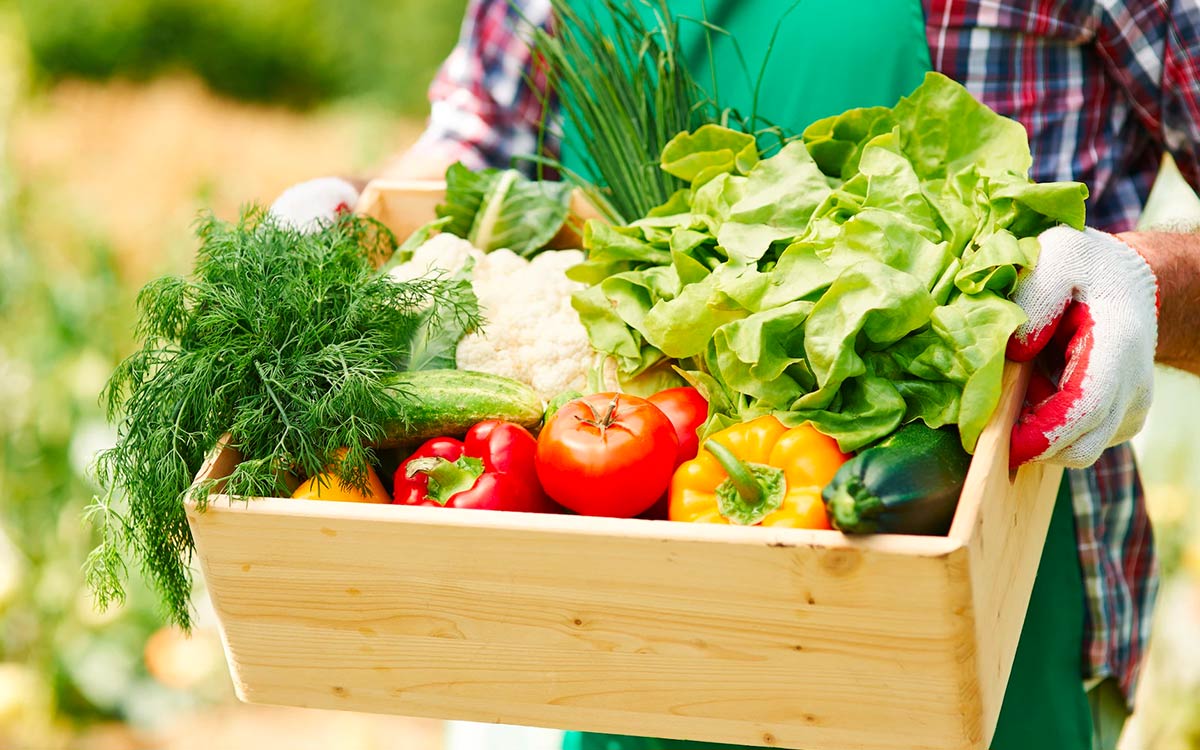
Packed with vitamins, minerals, and disease-fighting phytochemicals, vegetables are exceptionally important for promoting good health. In fact, vegetables (and fruits) lay the foundation of a healthy lifestyle.
However, sometimes it gets challenging to figure out the freshness of a batch, which makes buying vegetables a daunting task! If you don't know how to shop your veggies, there's no use in having available hundreds of vegetable vendors on your local market! Buying vegetables is an art — one that you need to learn and understand if you want to enjoy delicious dishes at your home!
Here are 6 expert-endorsed tips to keep in mind the next time you buy vegetables for your home.
1. Don't buy vegetables with bruises or holes
Avoid vegetables with cuts, bruises, mold, damaged spots, or decay.
They are not only indicative of the vegetable's unhealthy state, but also are a favorable site for bacteria to hide, and eventually spread to the rest of the vegetable. Moreover, damaged produce is diminished in nutritional profile and tastes bad.
At the same time, veggies don't need to look perfect to taste wonderful and be rich in nutrition, which brings us to the next tip...
2. Shapes don't matter
Don't let looks mislead you. All shapes and sizes can make for excellent vegetables.
Go by the feel instead: In general, the veggie should look heavy for its size, which hints at its water content. Also, the skin or peel should be nice to touch — a wrinkly texture is usually a no-buy.
Remember that vegetables that are unappealing to look at can be just as healthy as the fine-looking, symmetrical kind. For instance, the multi-colored heirloom tomatoes have an outstanding flavor and are rich in nutritional content!
3. Prefer buying in-season vegetables
Buying in-season vegetables has two benefits: freshness and low cost.
Not all fresh vegetables grow year-round. If you're buying off-season vegetables, they may not be fresh — and hence, potentially unhealthy to consume. In addition, selling certain vegetables in their off-season incurs a considerable shipping expense on vendors, which is reflected in the price. Thus, the vegetables that are in season are both less in expenses and better in quality.
4. Take a smell test
Smelling what you're going to be eating is a good test of what the vegetable will taste like.
Typically, vegetables release a handful of chemicals, such as sulfur compounds and esters, which are detectable by smell. Fresh produce will smell fresh in general. However, some vegetables, especially those of the cabbage family, have a slightly tangy smell even when fresh. Aside from such exceptions, the smell test proves to be a great way to figure out which vegetables to buy.
Gently wigwag the vegetable near your nose to get a good sniff. If it smells odd or too strong, it may have been damaged or gone bad even if it looks fine.
5. Only choose colorful and vibrant veggies
When buying vegetables for your home, choose the ones that are crisp and rich in color, not droopy, dull, or brownish.
A vegetable that isn't well-toned or bruised indicates that it is past its best days. Furthermore, if the vegetable is not the right color, don't buy it. For example, always pick tomatoes that are bright red in color. Evade the broccoli whose buds are yellow. Discolored mushrooms are overripe and therefore should be avoided. The list goes on.
Another factor to note is that in some cases, all the colors are good! For instance, capsicum comes in a variety of colors — green, red, yellow, orange, white, lavender, and so on. All of them are fit for consumption!
6. Give them a light squeeze before buying
Hold the vegetable in your hand a bit tightly to check its texture, surface consistency, and firmness.
Tangible signs of fresh vegetables will depend on the type of produce, for example:
Zucchini, peppers, and cucumbers should feel firm, not flexible
Mushrooms, head lettuce, and tomatoes should feel a little springy if they're fresh.
Sweet potatoes and onions will have a solid surface if they're fit to consume, and so on.
All in all, if the vegetable is ripe and fresh, in some cases it should give a bit under pressure, while in other cases it should feel firm, but no vegetable should have rock-hard consistency or display sliminess.
Fresh vegetables do not just taste better; they are better for you. Follow the 6 abovementioned tips when buying vegetables the next time to make sure you bring home the best produce!
